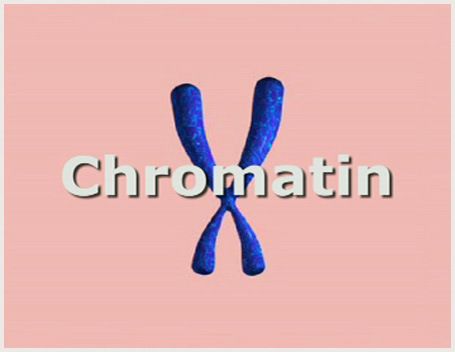
Chromatin represents the combination of both the DNA and proteins in a cell nucleus. This combined material can assume specific configurations. This chromatin architecture is currently viewed as having a critical role in controlling gene expression and DNA replication. The primary protein elements of chromatin, or histones, compact DNA and assist in mitosis. Epigenetic changes occur by complex interactions between environmental influences and the underlying protein structure and DNA of a genome, which can alter the configuration of chromatin or change how segments interact in their three-dimensional environment. Examples include DNA methylation and alternations to chromatin architecture through histone modification. It is believed that most epigenetic modifications to underlying DNA sequences, either through promotion of genetic expression or silencing of…Read More
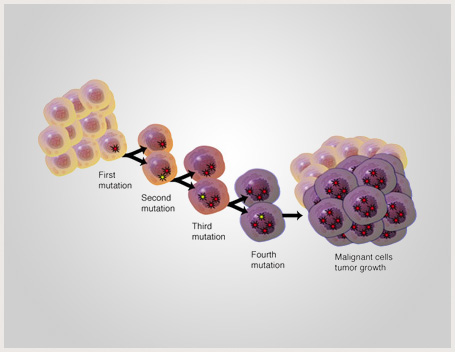
New research is demonstrating that the etiology of cancer is complex. Epigenetic modifications of the genomes of cancer cells appear to be quite important. These are changes that do not necessarily reflect the exact DNA sequences within a cell, but alter, by various means, the expression of the underlying code. It is increasingly apparent that epigenetic modification may be as important as genetic mutation in the transformation of a normal cell to a cancer cell. This does not change the fact that many cancers are induced by infectious disease which itself can be considered an epigenetic variable. Such epigenetic mechanisms are being successfully defined. These include DNA methylation, arguably the most researched marker, by which the methylation profile can be linked to tumorigenesis as…Read More
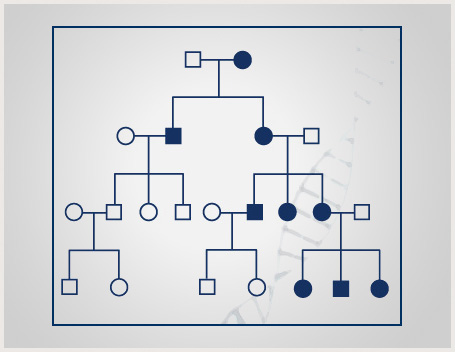
New scientific findings involving epigenetics are having a profound impact on our understanding of evolutionary mechanisms. It is becoming increasingly apparent that epigenetic modifications play a critical role in the regulation of gene expression. In so doing, they produce phenotypic changes. It is becoming abundantly clear that these influences are an important factor in our own human experiences, influencing life span, mood disorders, immunological status, obesity or tendencies towards the variety of chronic illnesses that have afflicted our human experience. Although it has until recently been assumed that these epigenetic marks are cleared in each generation and then re-established by reiteration of similar environmental influences, it is now manifest that this is not always the case. The term ‘transgenerational epigenetic inheritance’…Read More
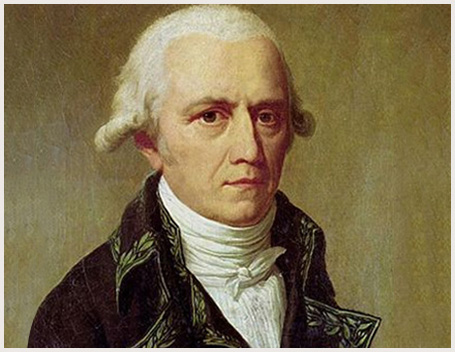
This is the first of a five part series discussing epigenetics. In science, what is old can once again become the new. To better understand the definition of epigenetics, we must look back at the time before Darwin. Charles Darwin proposed his version of natural selection and heritable descent by gradual modification in 1859, but before that, many theories had been considered before creationism. One leading evolutionary proponent was Jean-Baptiste Chevalier do Lamarck. He was the protégé of the Comte de Buffon who had believed that living organisms can vary over time and their experiences in the environment may affect them and their progeny. Lamarck proposed the concept of the inheritance of acquired characteristics as just this sort of mechanism. He believed that…Read More
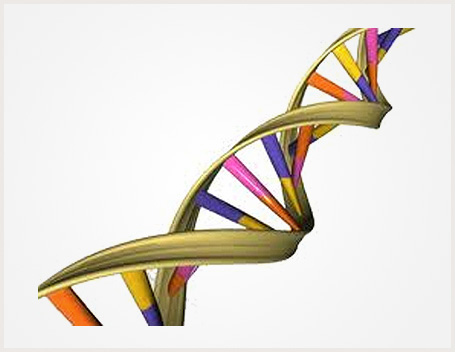
Metagenomic evaluation of any environment, ecology or tissue sample requires extensive computational power in order to properly assess large volumes of sequence data. This is required to mobilize an accurate representation of genetic diversity in a sample. New techniques in de novo metagenomic assembly effectively filter the total amount of data to be analyzed; yet, vast amounts of computer power are still required. New approaches to that analysis and changes in the filtering methods have enabled improved methods of metagenome assembly of a more accurate characterization of the full range of microbial life in a sample. Complex software is necessary since in conventional genome analysis, only one species is being analyzed. However, metagenomic sample analysis, the required metagenome assemblers use algorithms to additionally…Read More

It is surprising how few people have actually ever read Darwin’s On the Origin of Species by the Means of Natural Selection (1859) since it is referenced abundantly and considered a foundational event in evolutionary biology. It is not surprising then that it is generally unappreciated that Darwin did not actually answer the specific question of exactly how species arise. Instead, he proposed that evolutionary development proceeds through differential reproductive success, through competitive natural selection and also championed the concept of descent by gradual modification. But, there is a long list of scientists that have offered credible and thought provoking books to further explain evolutionary development and speciation and many of these were critical to the construction of the ideas underlying of…Read More
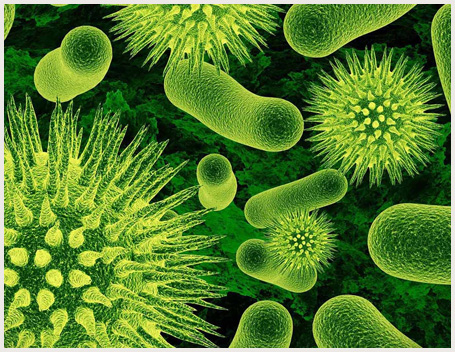
There are currently estimated to be at least 100 trillion microbes that are in and on us — bacteria, viruses, fungi and others. They outnumber our innate cells by a factor of 10 to 1 or more. We cannot do without many of them for proper function of our brains, gut, central nervous and immune systems.They cannot exist as they want without us. Some researchers have begun to view organisms as multi-species units but remain constrained by retaining an outmoded model of ‘host’ and ‘guest’ with respect to those interacting species. However, instead of viewing organisms as inherent singularities or even as a group of linked singularities, it is more accurate to regard organisms as united vast collaborative enterprises. These consist of…Read More
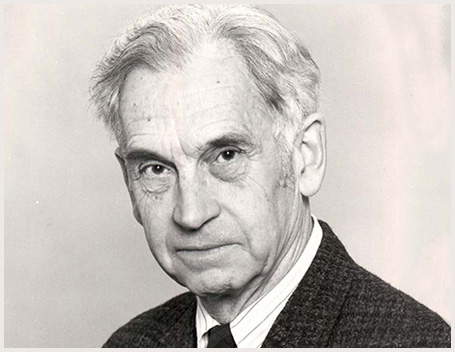
It is not well recognized that Darwin in his book On the Origin of Species did not specifically explain how a species originates but discussed how an organism became fitter and better adapted gradually over time. Even during his lifetime, others pointed out the problem of dilution of favorable traits by blending within the reproductive population. George Romanes, one of Darwin’s academic friends, emphasized variation in reproductive ability as a source of new species and coined the term Neo-Darwinism. From that time forward and through successive iterations, the core concept of Neo-Darwinism has remained rooted in variation. Natural selection drives evolution based on that variation. In a modern context, that variation is produced by genetic mutation and genetic recombination. Despite vigorous discussion, Darwin’s…Read More

Cognition-Based Evolution is a modern theory of evolution that is entirely centered within the context of all organisms as hologenomic beings. In viewing the cell as the basic agency of evolutionary change and viewing natural selection as a filter instead of a driving force, it stands apart from Neo-Darwinism. What are the major tenets? Evolutionary development must start from a new biologic base compared to the Modern Synthesis. All cells are cognitive. There is a base level of awareness at the cellular level that permits limited discriminative preference as to cell status. All cells seek to maintain themselves within a narrow functional boundary. This is termed homeostasis and is a fundamental property of cells. Importantly, each cell can cooperate and…Read More
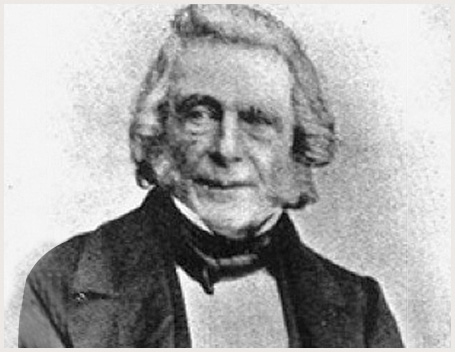
The publication of Charles Darwin evolution theory found in Origin of Species in 1859 and the Descent of Man in 1871 initiated a clamorous public and scientific debate that remains unabated today. His insightful analysis of the means of evolution by natural selection and descent by gradual modification has undergirded the discussion and investigation ever since.Interestingly, Darwin was not the first to propose evolution by natural selection. New York University geologist Michael Rampino argues that there was an earlier theory of selection and gradual evolution advanced by Scottish horti-culturalist Patrick Matthew in the 1831 book, Naval Timber and Arboriculture, prior to the publication of Darwin’s work. Matthew further elaborated on this speculation in 1860. In those works, Matthew clearly stated the idea of natural selection as fundamental to the origin…Read More

